As India accelerates its shift toward electric mobility, battery technology has become a defining force in shaping the country’s clean transport future. Within this landscape, Lithium Iron Phosphate (LFP) batteries are emerging as a front-runner, driven by their affordability, safety, and long operational life. These qualities make them especially well-suited for Indian conditions, from extreme temperatures to congested urban roads, and ideal for use in two-wheelers, three-wheelers, and light commercial vehicles.
What was once considered a compromise on energy density is now being recognised as a practical and reliable choice for powering the next phase of India’s EV journey.
The growing importance of LFP batteries in India’s EV market
With electric vehicles gaining steady ground across segments, India’s focus is shifting from adoption to optimisation, where the right battery technology can make or break long-term viability. Projections indicate that annual EV sales could approach 10 million units by 2030, positioning India as a significant player in the global EV landscape. As automakers and policymakers focus on scaling EV adoption, battery selection becomes a key factor influencing the total cost of ownership, vehicle range, safety, and lifecycle sustainability.
LFP batteries have found favour in this environment due to several critical factors:
- Affordability: LFP chemistry uses iron and phosphate, which are abundantly available and cheaper than cobalt or nickel used in traditional lithium-ion batteries. This helps reduce the upfront cost of EVs, making them more accessible to the mass market.
- Safety: LFP batteries are known for superior thermal and chemical stability, significantly reducing risks of overheating and fire incidents—a crucial factor in the hot and varied climates across India.
- Longevity: With cycle lives often exceeding 4,000 full charges, LFP batteries offer longer operational life compared to many alternatives, reducing the need for costly battery replacements.
- Sustainability: LFP batteries do not rely on cobalt, a material associated with ethical and supply chain concerns. The use of iron and phosphate supports a more sustainable, environmentally friendly battery supply chain.
From lab to market: The evolution of LFP technology
The development of Lithium Iron Phosphate (LiFePO₄) as a viable cathode material dates back to 1996, when Professor John B. Goodenough and his team at the University of Texas identified its potential for use in rechargeable lithium-ion batteries. Their research introduced a cathode material that offered an appealing combination of cost-effectiveness, wide material availability, and enhanced thermal and chemical stability—qualities that continue to underpin its growing relevance today.
The unique chemistry of LFP batteries involves the use of iron, a naturally abundant and stable element, and phosphate groups, which form a robust crystal lattice. This structure allows lithium ions to move efficiently during charging and discharging cycles, contributing to the battery’s remarkable cycle life, often exceeding 4,000 charge cycles. In contrast, traditional lithium-ion batteries with cobalt-based cathodes typically offer around 1,000–2,000 cycles.
Despite initial challenges related to lower energy density, advancements in electrode design and manufacturing have significantly improved the performance of LFP batteries. Today, these batteries are increasingly recognised as a practical and sustainable choice for India’s diverse EV market, offering a combination of safety, affordability, and longevity.
Technical advances driving LFP adoption
While LFP batteries initially lagged in energy density—meaning vehicles powered by them had shorter ranges—the gap has narrowed significantly. Improvements in electrode materials, cell design, and manufacturing techniques have enhanced energy density and overall battery efficiency.
Leading EV manufacturers and battery suppliers in India are increasingly adopting LFP battery technology for entry-level and mid-range EVs. This is due to a balance of cost, safety, and durability that fits the Indian market’s practical needs.
LFP cathodes now command 40% of the global EV battery market in GWh terms, up from 32% in 2023, signalling strong global confidence in this chemistry. As India expands its local battery manufacturing under the Production Linked Incentive (PLI) scheme, LFP batteries stand to benefit from domestic supply chains and cost reductions.
Challenges and considerations
Despite the many advantages, LFP batteries do have limitations:
- Lower energy density: Although improved, LFP batteries still typically provide less driving range per charge compared to Nickel Manganese Cobalt (NMC) batteries, which remain preferred for high-performance EVs.
Size and weight: LFP battery packs tend to be slightly larger and heavier for the same capacity, which can impact vehicle design and efficiency.
However, for many Indian consumers—especially in urban and short-range usage scenarios—these trade-offs are outweighed by the affordability, safety, and longevity benefits.
The road ahead for LFP in India
India’s EV ecosystem is expected to become increasingly diversified in battery chemistry to meet different vehicle needs and price points. LFP batteries are well-positioned to dominate the mass-market segment, enabling affordable, safe, and durable electric mobility solutions.
With government policies incentivising battery manufacturing and EV adoption, alongside growing consumer demand, LFP batteries will play a pivotal role in shaping India’s sustainable transport future. For companies like Neuron Energy, focusing on reliable and cost-effective battery technology like LFP is critical to supporting this electrification journey.
The views and opinions expressed in this article are the author’s own, and do not necessarily reflect those held by pv magazine.
This content is protected by copyright and may not be reused. If you want to cooperate with us and would like to reuse some of our content, please contact: editors@pv-magazine.com.

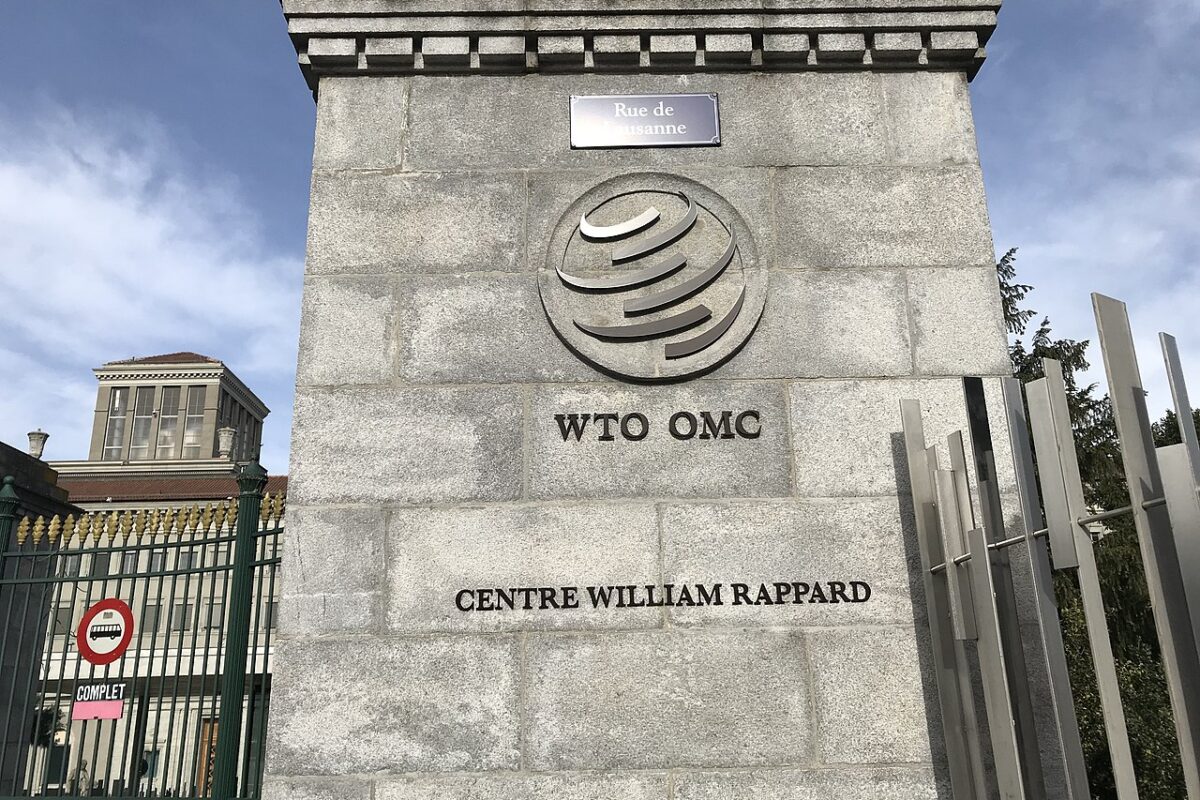

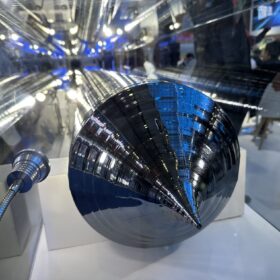
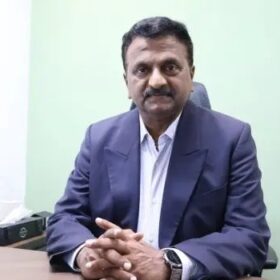
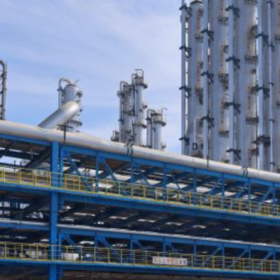
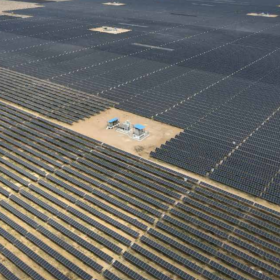

1 comment
By submitting this form you agree to pv magazine using your data for the purposes of publishing your comment.
Your personal data will only be disclosed or otherwise transmitted to third parties for the purposes of spam filtering or if this is necessary for technical maintenance of the website. Any other transfer to third parties will not take place unless this is justified on the basis of applicable data protection regulations or if pv magazine is legally obliged to do so.
You may revoke this consent at any time with effect for the future, in which case your personal data will be deleted immediately. Otherwise, your data will be deleted if pv magazine has processed your request or the purpose of data storage is fulfilled.
Further information on data privacy can be found in our Data Protection Policy.